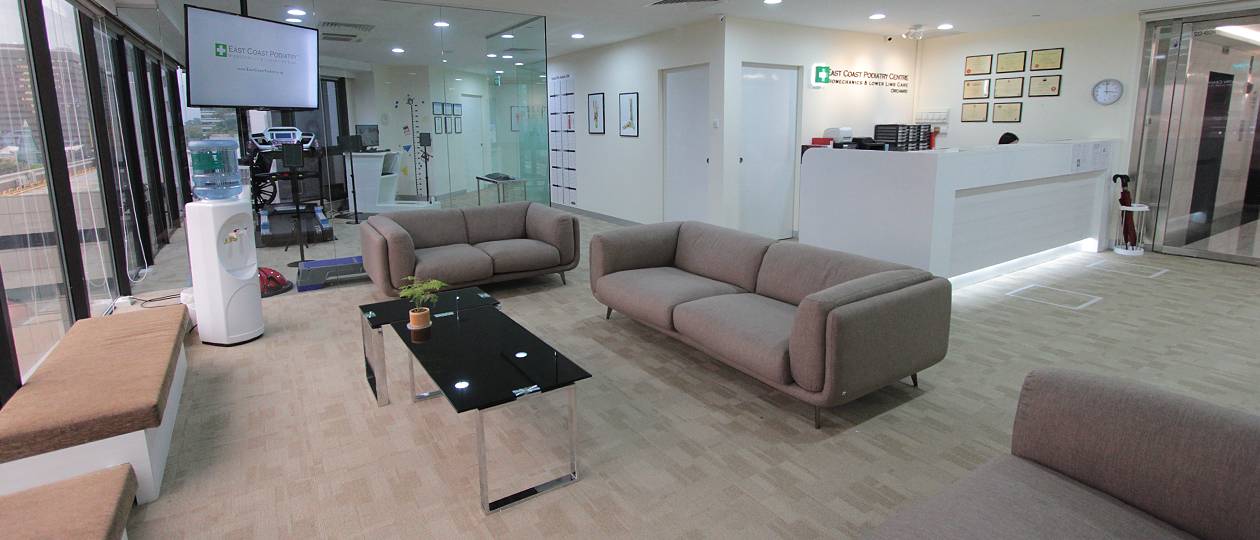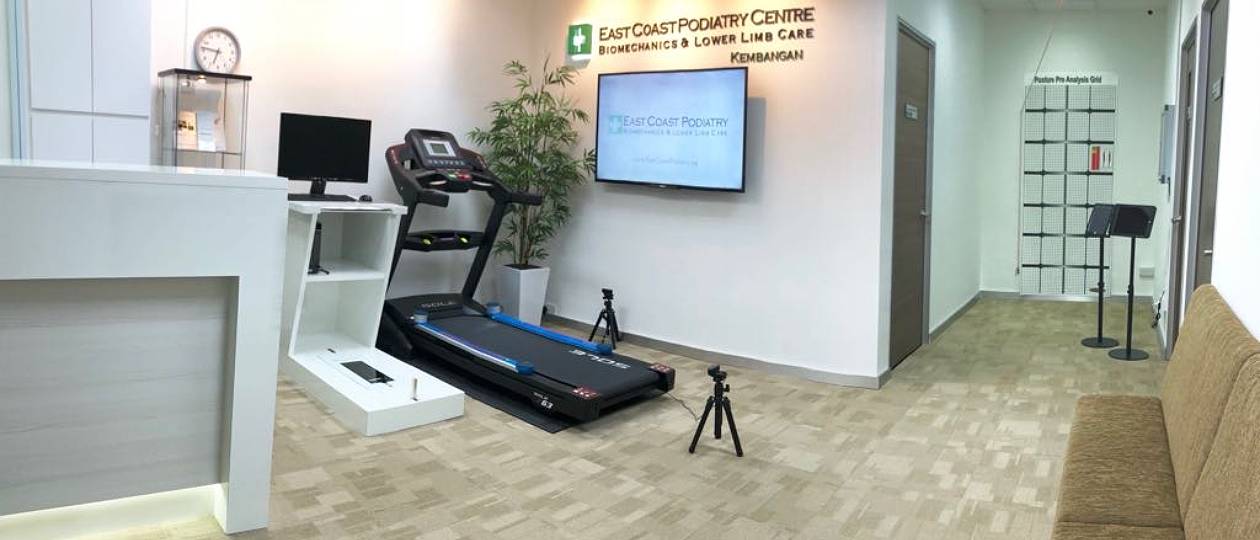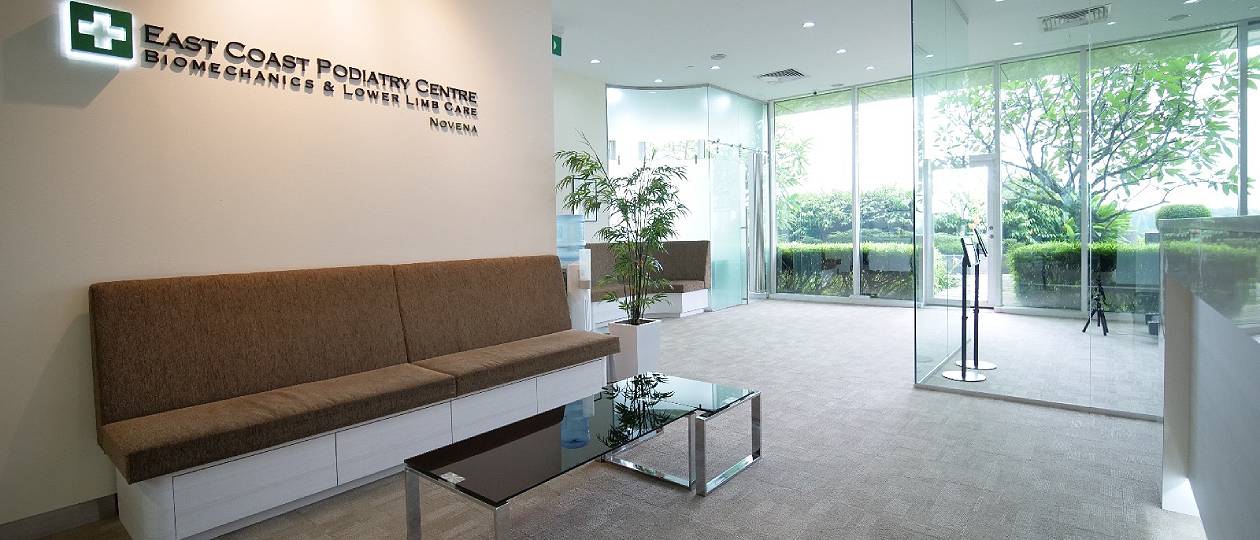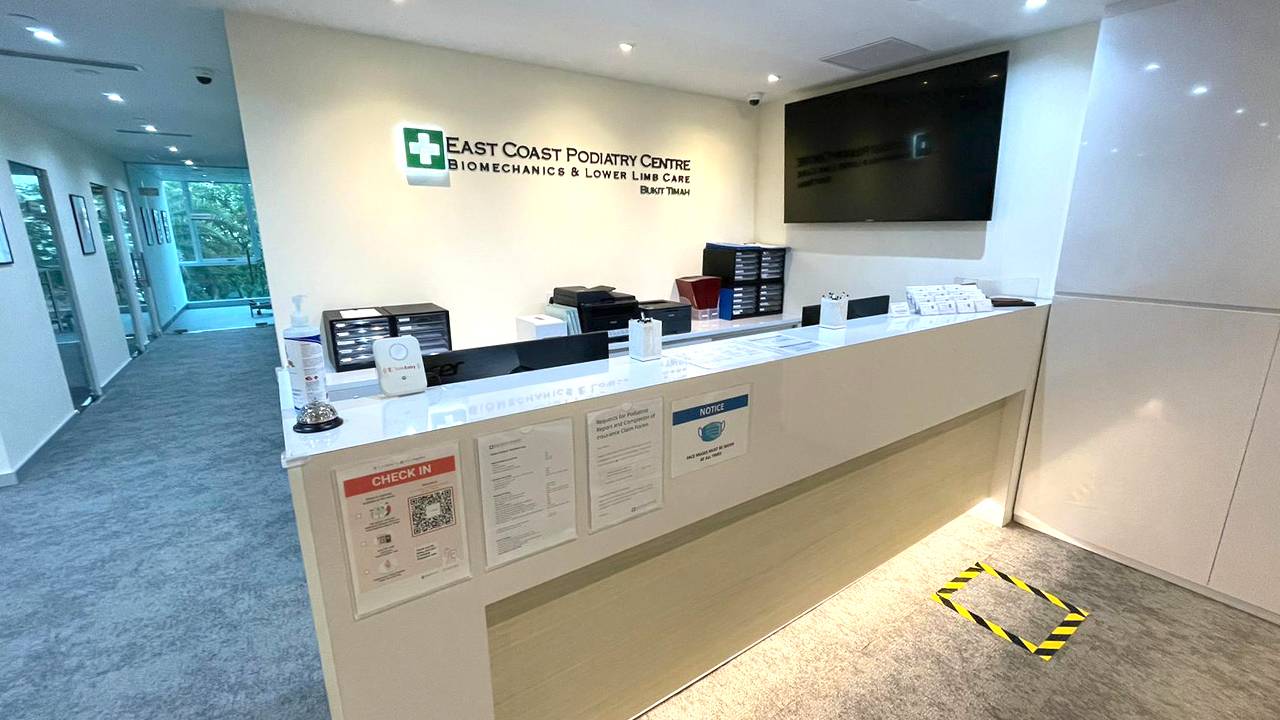
Marvel’s star superhero Deadpool gained his super powers after undergoing weeks of painful experimentation. Developing an accelerated healing ability to the point where he is able to regenerate limbs, Deadpool cuts his way through a movie full of disposable goons before confronting his archenemy, saving the day and reuniting with his girlfriend.
How realistic is his superpower?
Regrowing limbs, reknitting bones, or healing instantly from gunshot wounds are run-of-the-mill events for Deadpool, but what about us regular humans?
What makes Deadpool a mutant isn’t his ability to regenerate, but it is the speed and extent of this ability. In the real world, children have been known to regenerate fingertips that have been amputated, many of us have had broken bones that have completely healed, while others have survived and recovered from gunshot wounds. The complexity of wound healing is often taken for granted, so how does a wound actually heal?
To answer this question, we need to understand the wound healing process.

As you can see, wound healing occurs in four phases:
- Hemostasis – Clotting to reduce or stop bleeding by plugging the break in the blood vessel.
- Inflammation – Damaged and dead cells, debris, bacteria and other pathogens are removed by the white blood cells. The body begins encouraging cell growth in the affected area.
- Proliferation – New cell growth. Fibroblasts gather at the site and produce collagen, forming the basis of new tissue growth.
- Remodelling – Wound fully closes. Collagen at the site rearranges and changes itself to form more permanent tissue.
Deadpool undergoes a vastly accelerated rate of healing in comparison to our bodies. So, has medical science today advanced to the point where we are able to match Deadpool’s healing rate?
How can I accelerate my healing?
Accelerated healing for certain conditions through modalities is possible. Whilst we cannot subject you to weeks of experimentation so as to unlock your “mutant healing factor”, we can certainly accelerate your body’s rate of healing using scientifically proven medical technologies to heal different types of wounds and injuries.
Super Inductive System (SIS)
The first of these is the Super Inductive System (SIS). This non-contact technology helps you heal through the manipulation of electromagnetic fields. These fields stimulate the impaired neuromuscular tissue, increasing circulation and offering pain relief. As circulation is improved, fibroblasts and collagen proliferation is increased, accelerating the rate of tissue regeneration and blood vessel formation in the affected area. This accelerated healing also benefits bone fractures and reduces inflammation. All of these effects are greater than the sum of their parts, restarting the healing process for non-healing wounds and vastly hastening the healing process of more typical wounds.
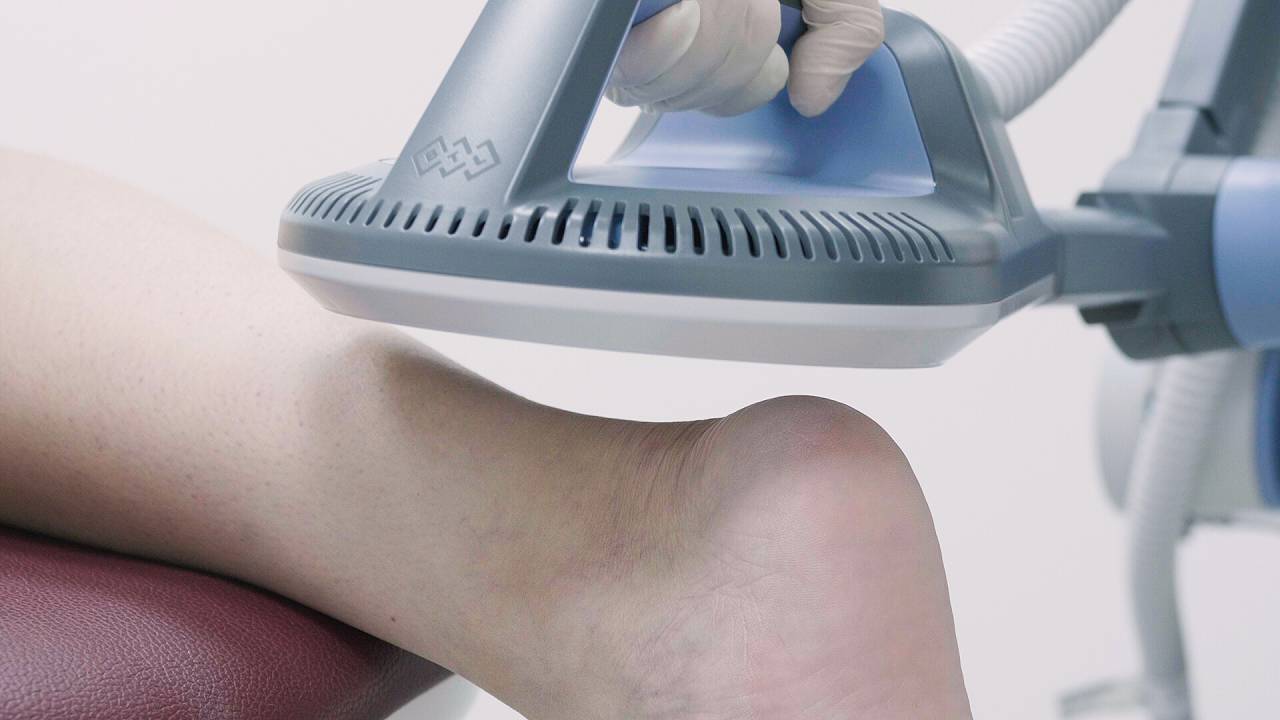
Extracorporeal Shockwave Therapy (ESWT)
The second modality is Extracorporeal Shockwave Treatment (ESWT). Shockwave therapy comes in three different forms (radial, focal and defocused) that are specific to particular conditions and symptoms. All three forms of shockwave can be highly efficacious at improving the body’s regenerative abilities.
The most widespread among these is radial shockwave, a modality that is frequently found in practices in Singapore. Despite the name, this therapy method utilises acoustic waves rather than shockwaves. Though it relies on the same broad mechanical principle and therapeutic mechanism as true shockwave therapy, it has little to no cellular effect on the body but encourages healing in a broader spectrum.
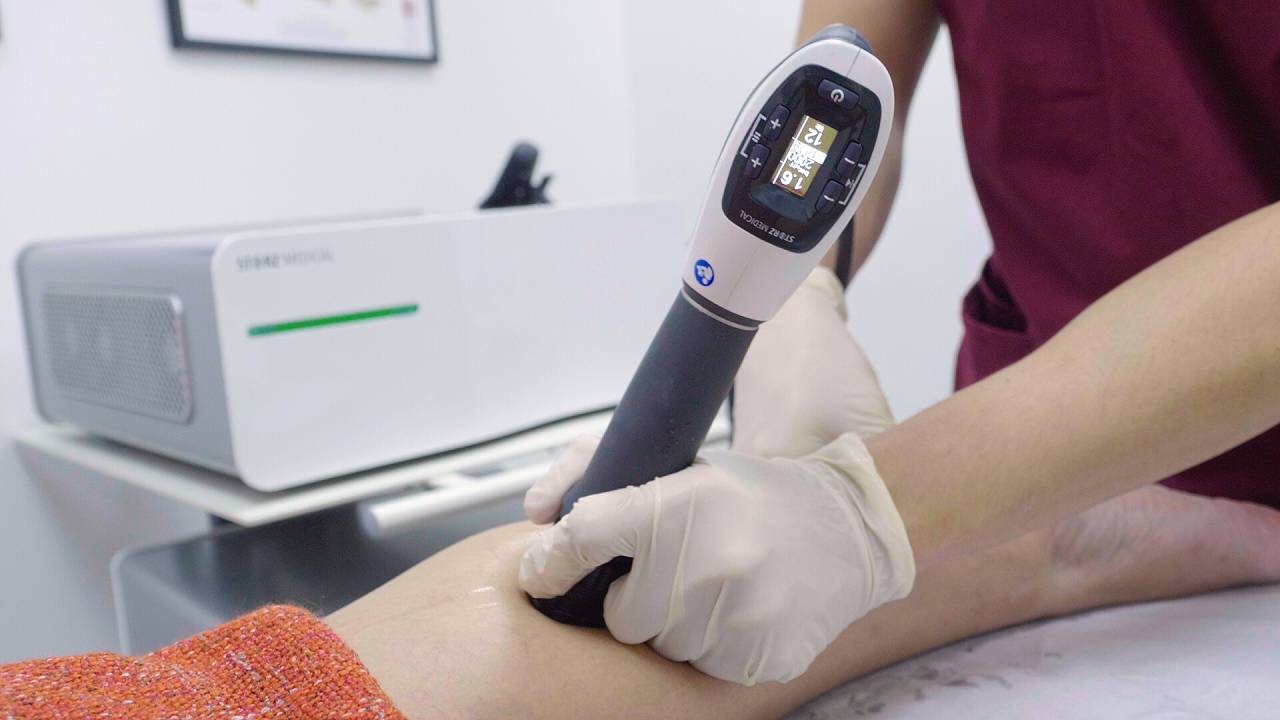
The more advanced shockwave modalities are Focused and Defocused shockwave therapy. These are specific for wound healing through cellular changes in areas of pain or injury, accelerating healing through direct skin contact. Focused shockwaves generate actual shockwaves that mechanically stimulate cellular changes in injured areas. Focused shockwaves penetrate deeper into the soft tissues of the body to enhance healing in underlying structures such as bone and deep tissue. Defocused shockwaves deliver a more superficial shockwave over a larger area, utilising controlled wound trauma to stimulate healing of non-healing or diabetic wounds.
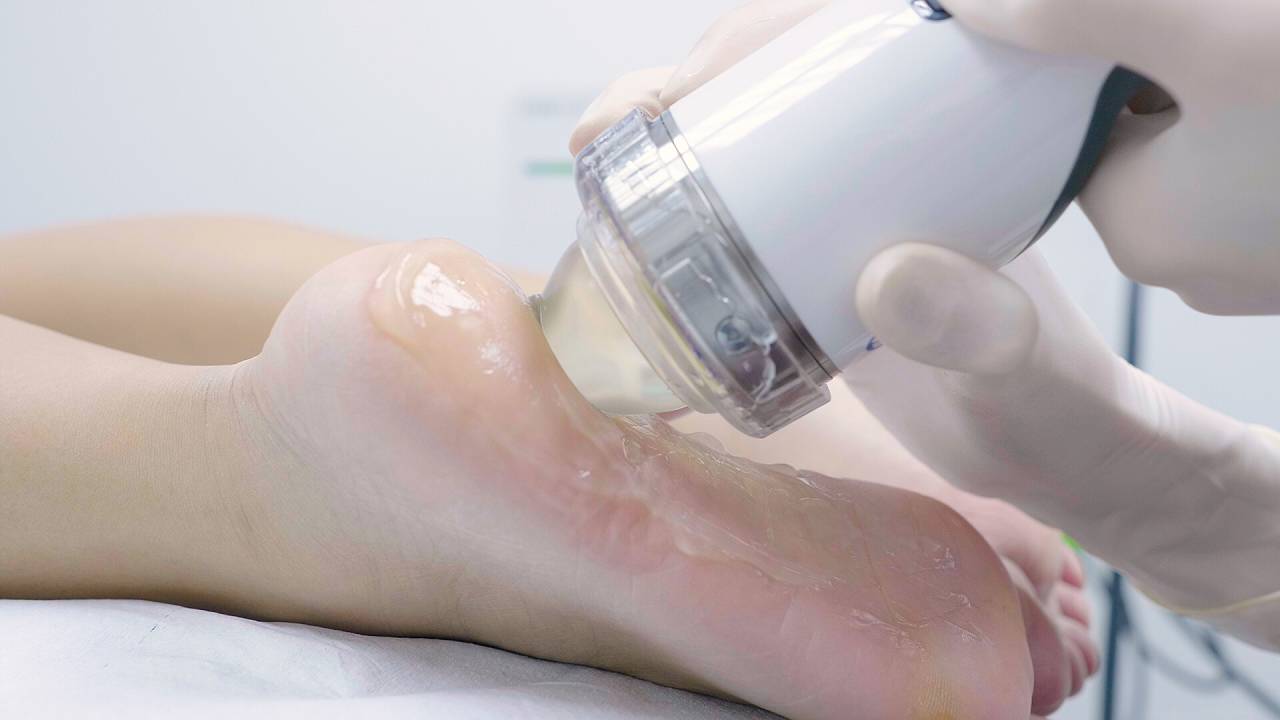
While any of these modalities can be used to address wounds that are stalled at the inflammatory or proliferation phase, the modality chosen depends on a variety of factors including the location, size, and nature of the wound, as well as other accompanying factors.
While these methods may not sound as out of this world as Deadpool’s healing factor, they certainly come close. We have many patients who have found our shockwave therapy to be exceedingly effective at managing their conditions.
So we don’t have superpowers and my wounds heal fine. How does this help me?
While most of you readers are not suffering from non-healing wounds, it is almost a certainty that you know someone who is at risk of such wounds as risk factors include advanced age, obesity, diabetes, and cardiovascular conditions. With about 1 in 9 Singaporeans having been diagnosed with diabetes and another 1 in 9 considered obese, it is not unthinkable that someone you know is currently suffering from such a wound.
Diabetic patients are particularly vulnerable to non-healing wounds as the condition greatly reduces their rate of self-healing, leaving them highly susceptible to infection and ulcers. If someone close to you has diabetes, please check on them, especially their feet, as diabetic patients often have reduced sensation on their feet and don’t always realise they have received have injury. By keeping ahead of their injuries, you can help improve and prolong their lives!

